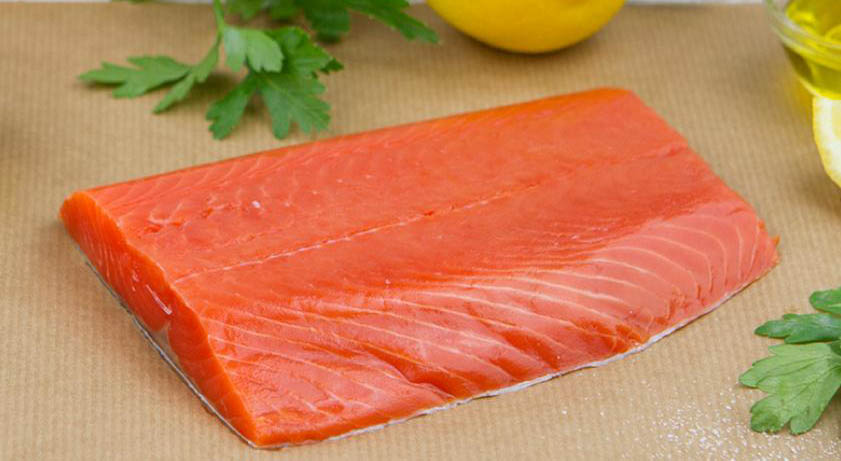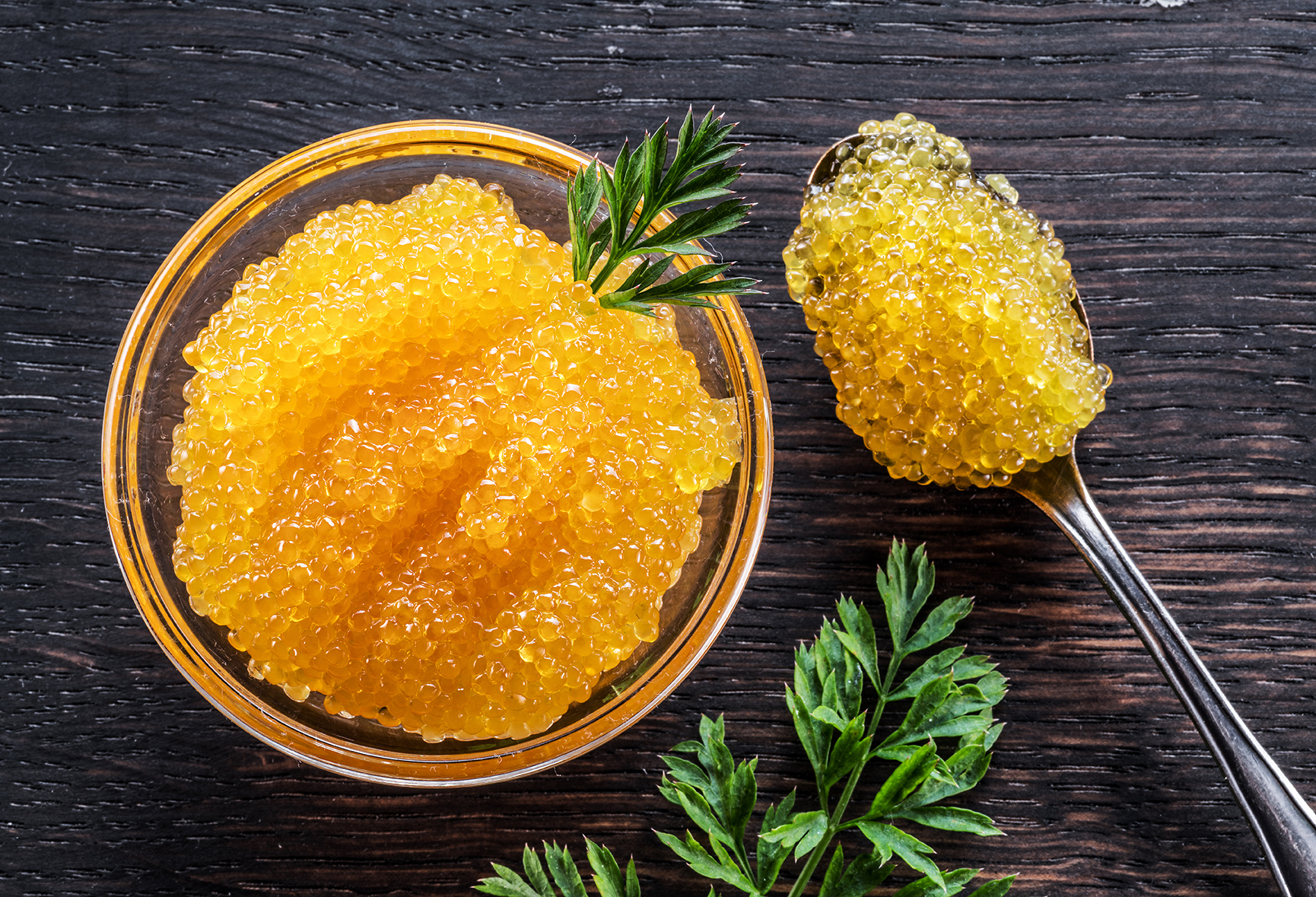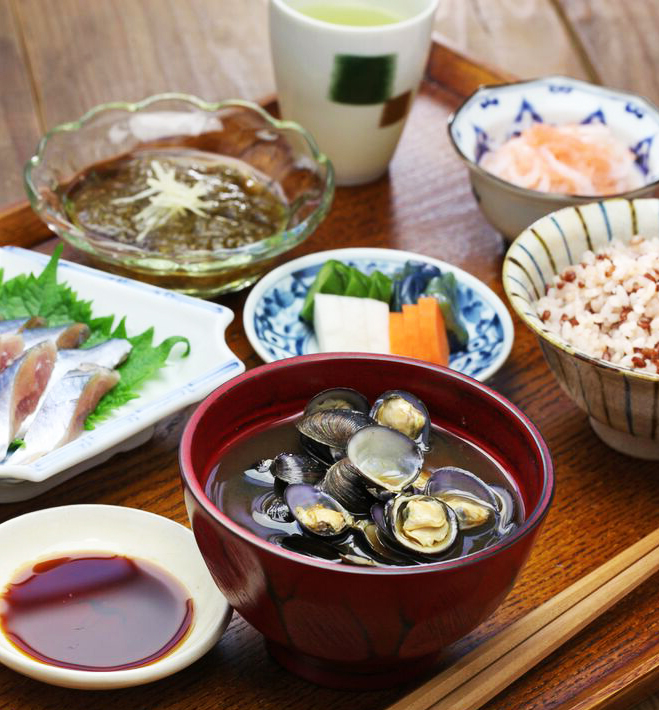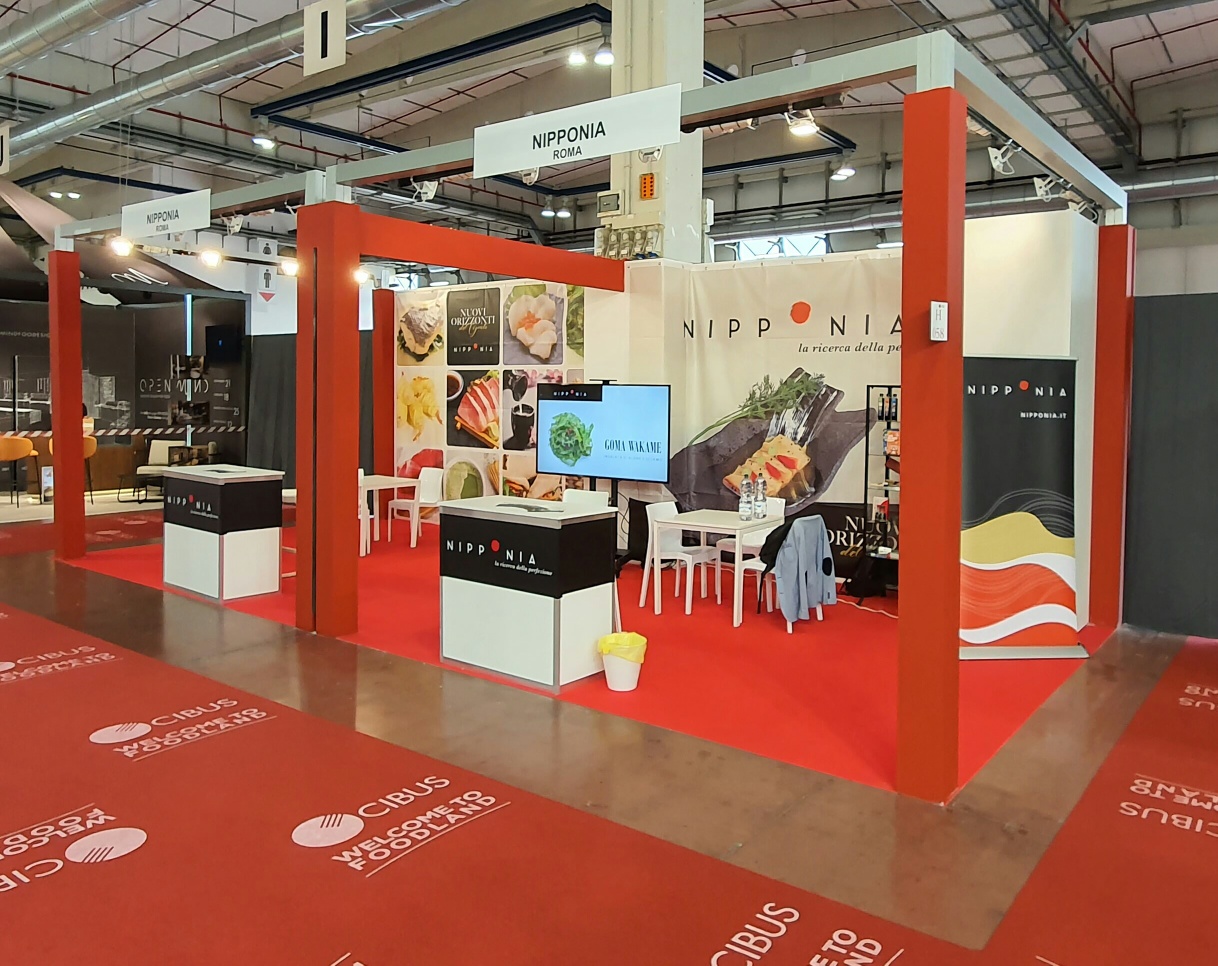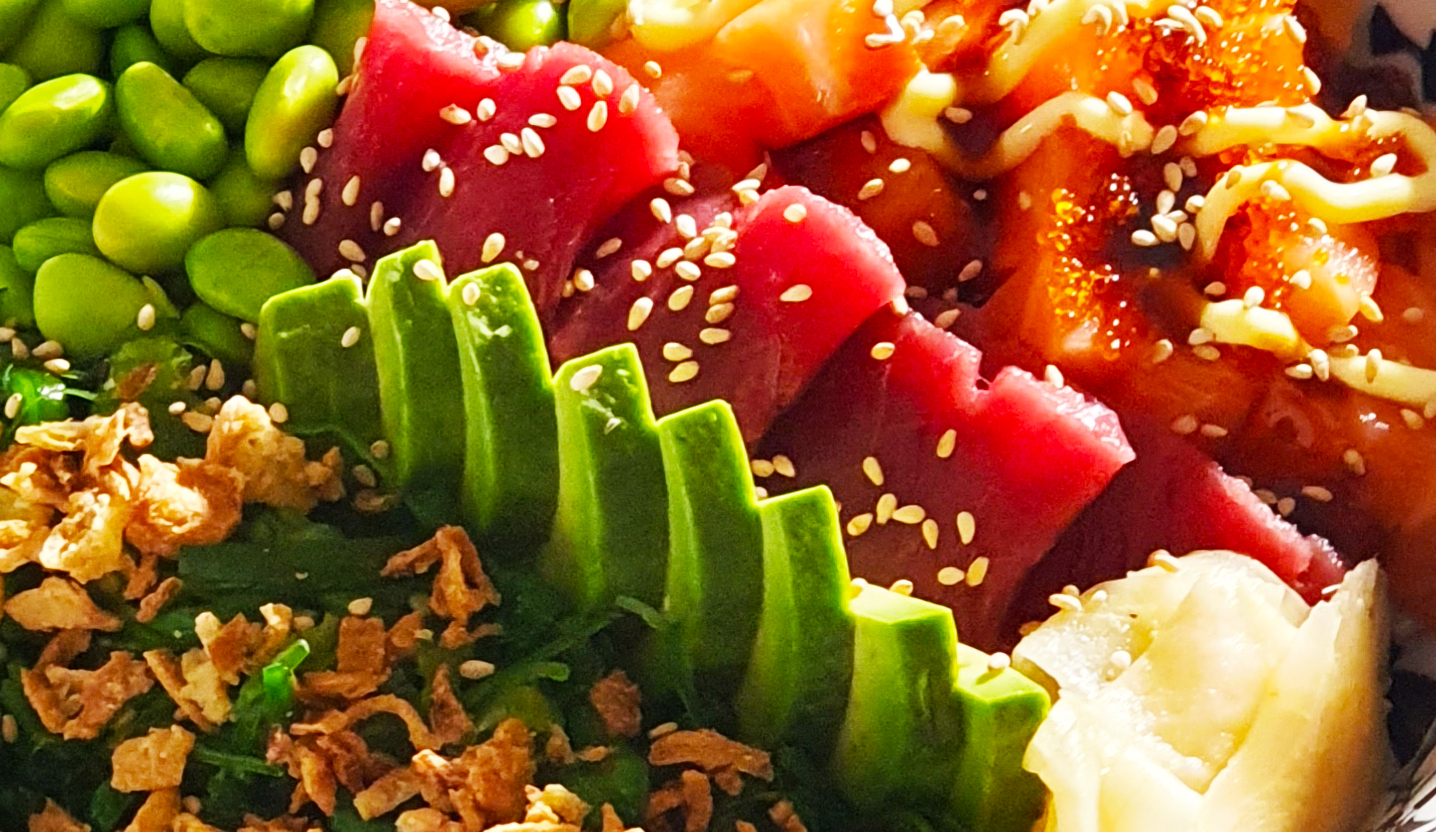Does wild salmon really taste better?
Salmon, perhaps even more than tuna, in Europe, is the most widely distributed fish, known and loved for raw consumption, for sushi and sashimi. And it is almost always Norwegian, farmed salmon, one of the most consumed and cheapest fish in the world. Very good, nothing to say! It has made the fortune of sushi.
But there is also more.
Sushi in Japan
The greatness of sushi in Tokyo is not only its quality and freshness of fish, but also its variety. Sitting in a sushi bar in Tokyo is an unforgettable dining experience. Relying on the sushi chef who will serve you sushi with local seasonal fish, from Hokkaido, Fukuoka, or other prefectures is a taste journey adventure like no other.
In Italy we are still behind, we have little choice. Norwegian salmon, local tuna or, more frequently, Indian Ocean pinnegills, hamachi or Japanese amberjack, the only one that really comes to us from Japan, or sea bass. Allmost sea bream and turbot. Yet the appeal of a sushi bar is precisely the journey, the discovery of new horizons of taste. As they do in Japan, we should enrich the choice with always cutting-edge offerings. And today, the cutting edge, think about it….is salmon.
Sockeye wild salmon
Not the Atlantic salmon, which we now know well. But, another salmon, another fish, the wild sockeye salmon.
Wild, natural, sustainable. In short, salmon is a real must among seafood products internationally, especially if we talk about the species that is born, lives and grows in the Fresh, pristine Alaskan waters. Sockeye in particular is highly valued in Japanese cuisine for the texture of its meat and its deep red color. Lean muscular and compact meats, the result of very long migrations that take this fish thousands of miles, eventually reaching the mouths of rivers and here ascending them by jumping upstream to leap over waterfalls and streams with the goal of spawning. This is true salmon red: not orange, not pink, but red, exactly like what appears in photographs and documentaries of brown bears when they hunt salmon near waterfalls.
An original color derived precisely from its habitat where it feeds exclusively on what it finds in its hunting grounds, plankton, shrimp and small fish. No feed, no dyes, no exploitation of the ecosystem, Sockeye salmon is a Great friend of nature. In fact, in Alaska, the sustainability of the fishery is a key element of this activity, which is one of the cornerstones of its economy.
This is why the fresh version of salmon is only available from May to September/October, months that correspond to the fishing period established by the laws of this country.
But don’t worry, lovers of this delicacy can still enjoy it all year round in the frozen version without, as a result, losing its undisputed peculiarities.
The nutritional characteristics
Why is it so special? Because it is precisely because of its naturalness that its meat is rich in valuable polyunsaturated acids, with a limited amount of fat compared to farmed fish and its extraordinary richness in omega 3, great protectors of heart health as well as bearers of countless benefits for staying healthy.
Today, this species of salmon is imported from Alaska, and has a much lower fat content than farmed salmon, what for raw fish is a merit in the firm texture of the flesh. We are used to a lab-modified fish and have never known the same fish as it is in nature.
Of course, forget the cheap price of Norwegian salmon you find in the supermarket, but…it’s worth a try.
You will not forget it.
Nipponia imports and sells it frozen, also offering it in frozen fillets and quarters.
